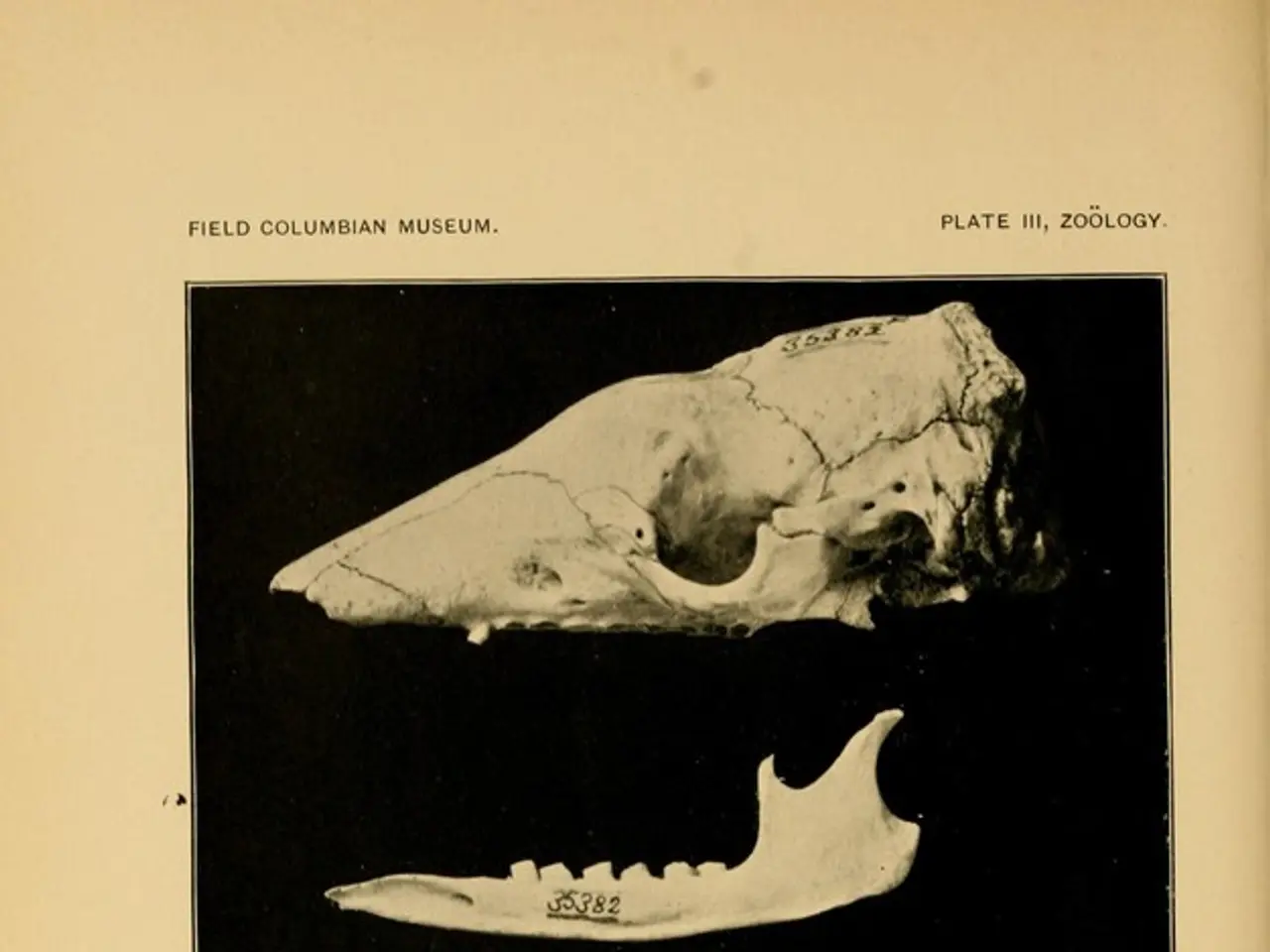Exploring the Field of Elderly Bone and Joint Medicine
Geriatric orthopaedics is a specialized field of medicine that focuses on the diagnosis, treatment, and prevention of musculoskeletal conditions and injuries in elderly patients. This article aims to provide an overview of common geriatric orthopaedic conditions, treatment options, and preventive measures.
Geriatric orthopaedic conditions can be broadly classified into two categories: degenerative and traumatic. Degenerative conditions, such as osteoporosis, arthritis, and spinal stenosis, occur due to the natural aging process. Arthritis, for instance, causes inflammation in the joints, leading to pain and stiffness. Symptoms include joint pain, swelling, and stiffness.
On the other hand, traumatic conditions are the result of accidents or injuries and include fractures, sprains, and dislocations. Fractures, in particular, can be a concern for elderly patients as their bones may become fragile with age, making fractures less apparent.
One of the most common degenerative conditions, osteoporosis, is a condition in which bones become brittle and fragile due to a loss of bone density. Symptoms include back pain, loss of height, and a hunched posture. The National Institute on Aging, the National Institute of Arthritis and Musculoskeletal and Skin Diseases, and the American Academy of Orthopaedic Surgeons all provide valuable resources on osteoporosis.
In terms of treatment, geriatric orthopaedic treatment options can include non-surgical interventions such as physical therapy and medication, as well as surgical procedures like joint replacement or fracture repair. The choice of treatment will depend on the severity of the condition and the patient's overall health.
Preventive measures are also crucial in maintaining the health and mobility of elderly patients. Regular check-ups with a geriatric orthopaedic specialist are recommended to ensure proper care and prevention. Encouraging regular exercise can help improve strength and balance, reducing the risk of injury. A balanced diet that includes adequate calcium and vitamin D intake is also important for maintaining bone health.
Lastly, keeping the home environment safe and free of hazards can help prevent injuries in elderly patients. This includes removing tripping hazards, ensuring good lighting, and installing grab bars in bathrooms.
For more resources and information on geriatric orthopaedics, the American Geriatrics Society, an organization in the United States, offers a wealth of information and resources for both patients and geriatrics professionals.
Read also:
- Peptide YY (PYY): Exploring its Role in Appetite Suppression, Intestinal Health, and Cognitive Links
- Toddler Health: Rotavirus Signs, Origins, and Potential Complications
- Digestive issues and heart discomfort: Root causes and associated health conditions
- House Infernos: Deadly Hazards Surpassing the Flames








